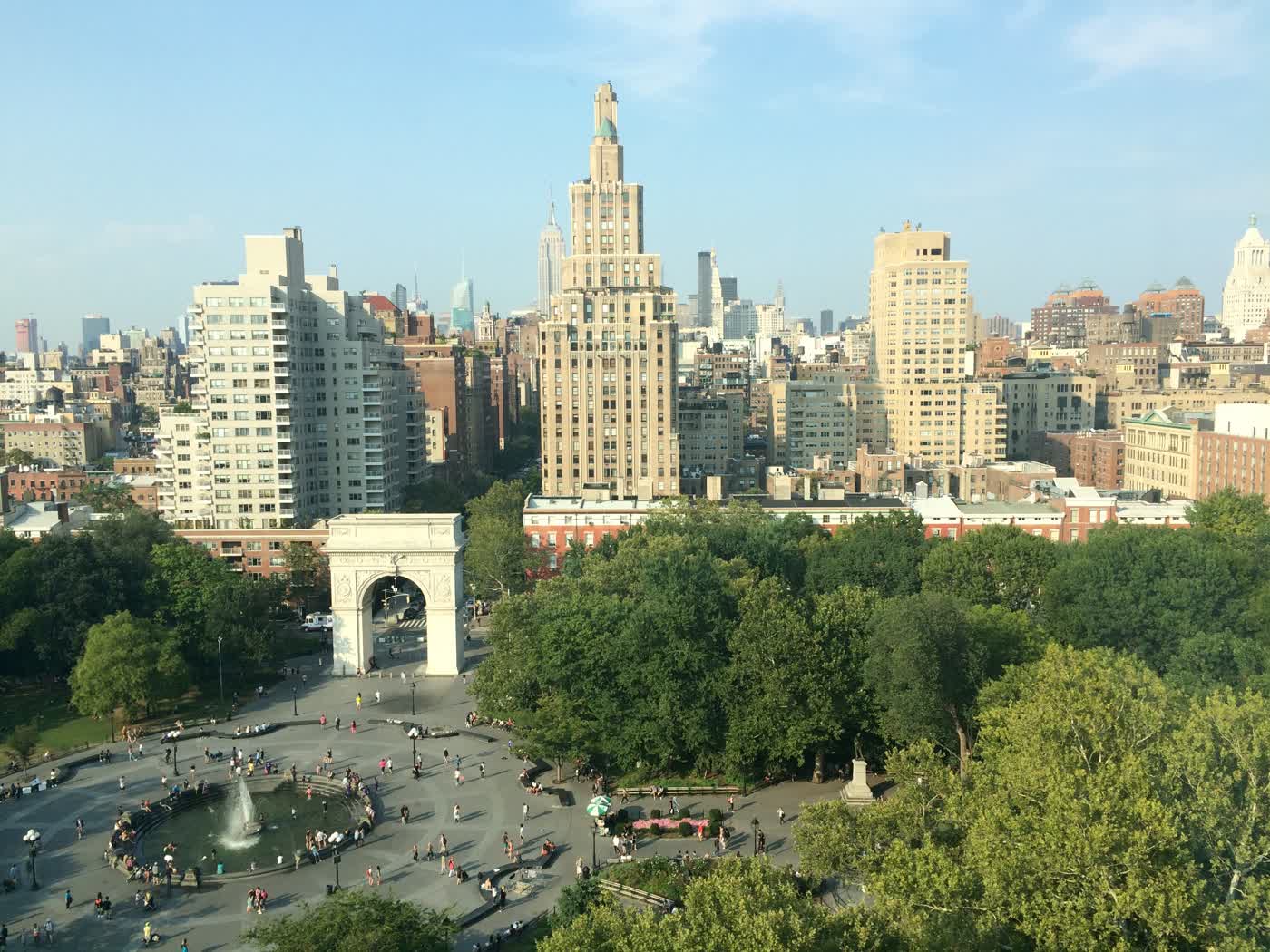Saying Goodbye to the Big Apple
When I talk to people about New York, I typically get one of two reactions. The first is a sort of reverent awe of the city, an admiration of its life and cultural richness, of its grand scale and its diversity of experience. The second is a sort of disdain, a general feeling that they would be overwhelmed or exhausted there, swallowed up by a city that doesn’t know their name and never will.
Neither of these viewpoints are wrong. They reflect different priorities in a person, a different understanding of what makes life worth living and what they’re okay with sacrificing.
Around a year ago, after doing a summer internship in the San Francisco Bay Area, I made the decision to accept a full-time job offer there after graduation, even though I had the option to take the same position, or a very similar one, in New York. I’ll be moving there in about two or three weeks.
I made this decision partly on a rational level: the Bay Area is the base of operations for my new job, meaning I get a lot more flexibility to do what I’d like within it. That’s not to mention the activity and opportunities in the area as a whole, since the Bay Area is the focal point of the world of technology. But a big part of the driving force behind that decision was emotional. New York, as much as I had enjoyed my time there, had tired me out.
Since then, I’ve had a lot of time to think about that decision, to explore why it is that I felt this way. And I’ve had a couple of insights that might help give people a better picture of my feelings towards the city, and to know what it’s like from the inside.
